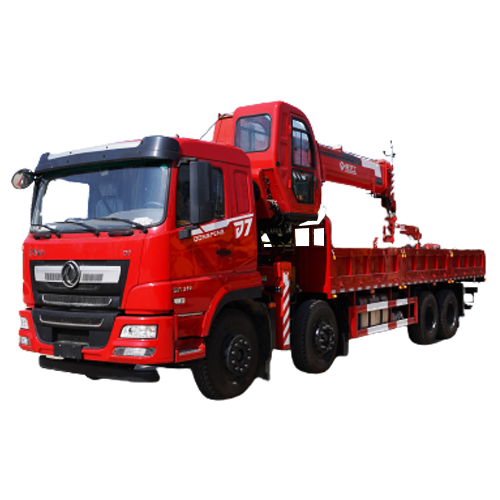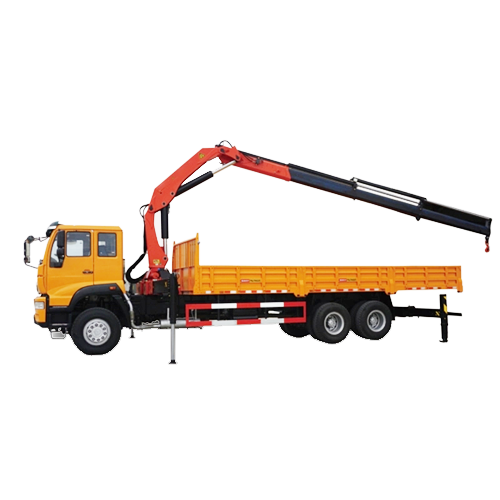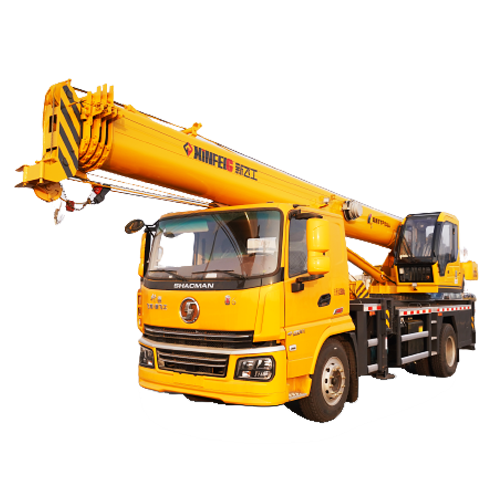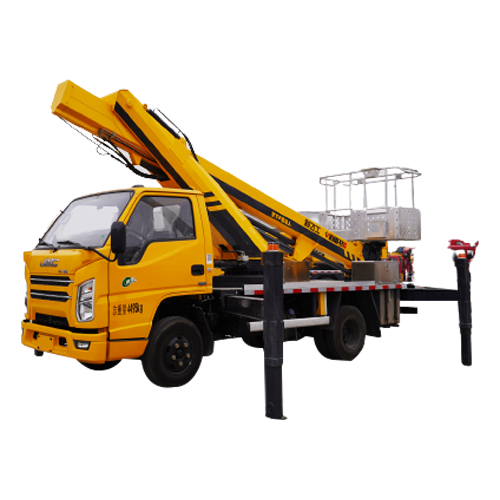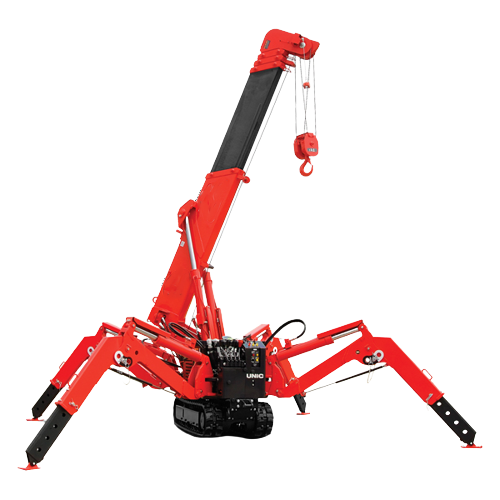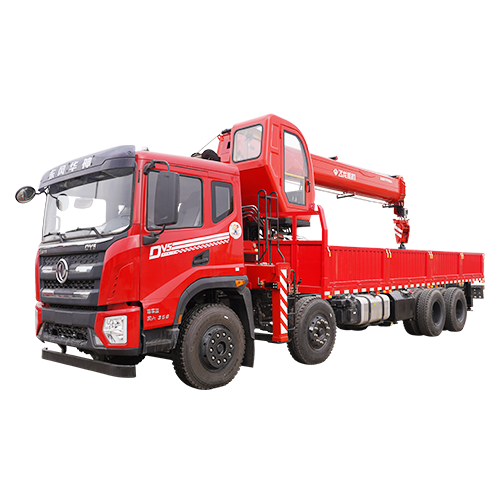Exploring the World of Mobile Cranes: A Comprehensive Guide
Release Time:
2024-05-09
Mobile cranes are versatile pieces of equipment used in various industries for lifting and transporting heavy loads. These cranes are mounted on rubber tires or tracks, allowing them to be easily moved around job sites. They are essential in construction, infrastructure development, and other industrial applications where heavy lifting is required.
One of the key advantages of mobile cranes is their mobility. Unlike traditional stationary cranes, mobile cranes can be quickly set up and dismantled, making them ideal for projects that require frequent movement. They come in various sizes and configurations to suit different lifting needs, from smaller models for light-duty tasks to larger, heavy-duty models for more demanding projects.
Mobile cranes operate using hydraulic systems, which provide the power needed to lift and lower loads. These cranes typically have telescopic booms that can extend and retract to reach different heights and distances. Some models also come with jib extensions for additional maneuverability and reach.
Safety is a top priority when using mobile cranes. Operators must be properly trained and certified to operate these machines safely. It is essential to follow all safety guidelines and procedures to prevent accidents and injuries. Regular maintenance and inspections are also crucial to ensure the crane's optimal performance and longevity.
In conclusion, mobile cranes are indispensable tools in the industrial equipment industry, offering versatility, mobility, and efficiency in lifting operations. Understanding their functionalities and applications can help businesses maximize their productivity and safety on job sites. Whether it's for construction, maintenance, or material handling, mobile cranes play a vital role in various industries.
One of the key advantages of mobile cranes is their mobility. Unlike traditional stationary cranes, mobile cranes can be quickly set up and dismantled, making them ideal for projects that require frequent movement. They come in various sizes and configurations to suit different lifting needs, from smaller models for light-duty tasks to larger, heavy-duty models for more demanding projects.
Mobile cranes operate using hydraulic systems, which provide the power needed to lift and lower loads. These cranes typically have telescopic booms that can extend and retract to reach different heights and distances. Some models also come with jib extensions for additional maneuverability and reach.
Safety is a top priority when using mobile cranes. Operators must be properly trained and certified to operate these machines safely. It is essential to follow all safety guidelines and procedures to prevent accidents and injuries. Regular maintenance and inspections are also crucial to ensure the crane's optimal performance and longevity.
In conclusion, mobile cranes are indispensable tools in the industrial equipment industry, offering versatility, mobility, and efficiency in lifting operations. Understanding their functionalities and applications can help businesses maximize their productivity and safety on job sites. Whether it's for construction, maintenance, or material handling, mobile cranes play a vital role in various industries.
Related News











